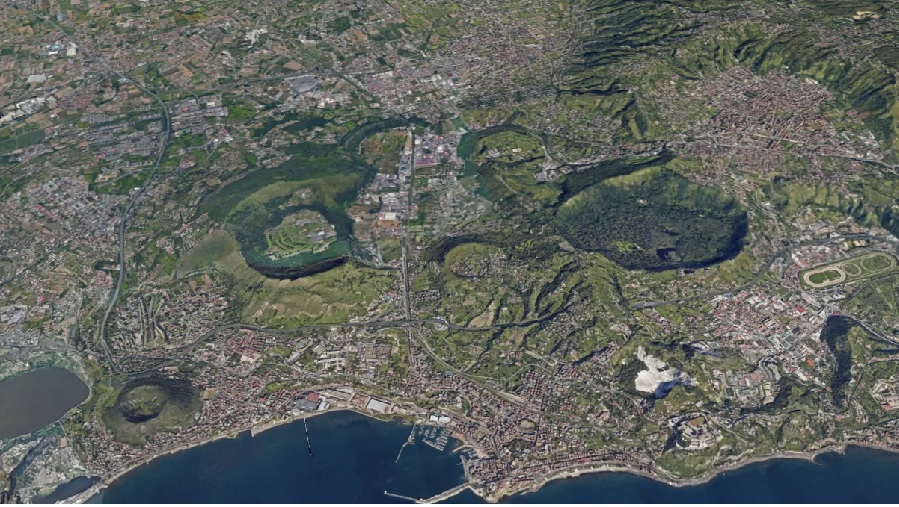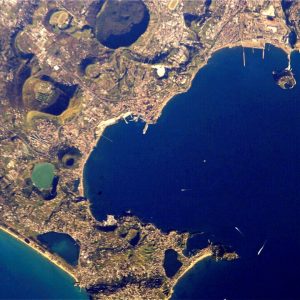A magnitude 3.9 earthquake struck the Campi Flegrei volcanic caldera near Naples at 1:32 pm on Saturday, Italy’s National Institute of Geophysics and Volcanology (INGV) reported. The shallow quake, with a depth of just 2.9 km, was widely felt across the area. It is the second earthquake in less than a week in the area.
This follows a magnitude 4.4 earthquake on Thursday, the strongest recorded in the region in 40 years, alongside a similar quake in May last year. Campi Flegrei, also known as the Phlegraean Fields, has experienced increased seismic activity due to bradyseism – ground uplift caused by rising magma or gas beneath the surface.
Authorities continue to monitor the situation as experts warn that shallow earthquakes in the region can feel more intense than deeper ones of similar magnitude.
Seismologists may adjust the exact magnitude, epicentre, and depth as further data becomes available.
What is Bradyseism?
Bradyseism is the slow movement of the Earth’s surface due to underground volcanic activity. It occurs when magma, gas, or fluids push upward, causing the ground to rise. This phenomenon can also reverse, leading to subsidence when the pressure decreases.
The Campi Flegrei caldera, a vast volcanic area west of Naples, is particularly affected by bradyseism. The region has seen periods of uplift and subsidence for centuries. This most notably occured in the 1980s, when thousands of residents had to be evacuated due to intense ground deformation.
While bradyseism does not always indicate an imminent eruption, it increases seismic activity. This makes earthquakes more frequent and, at times, more intense. Scientists continue to study the phenomenon to assess potential risks to the densely populated area surrounding Naples.





